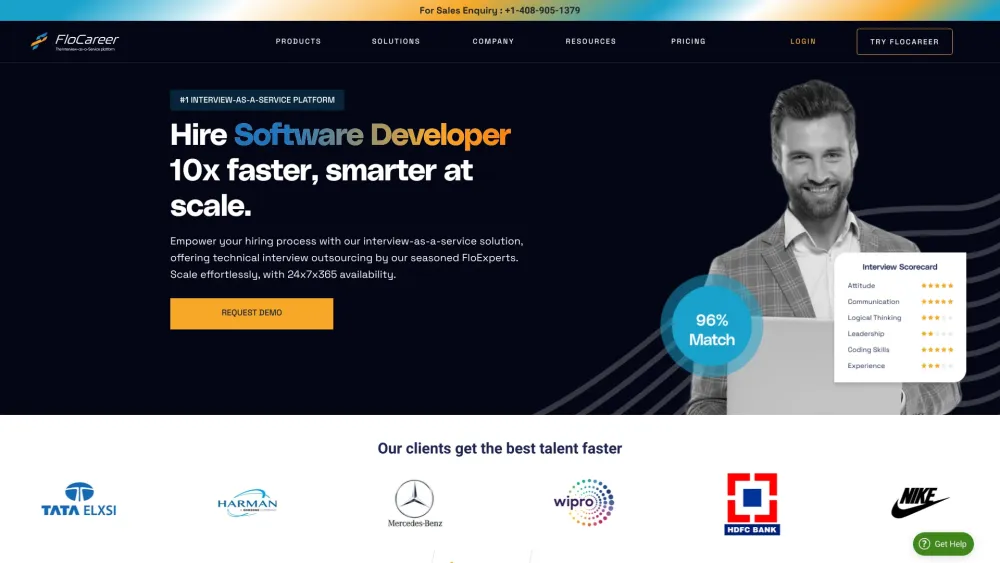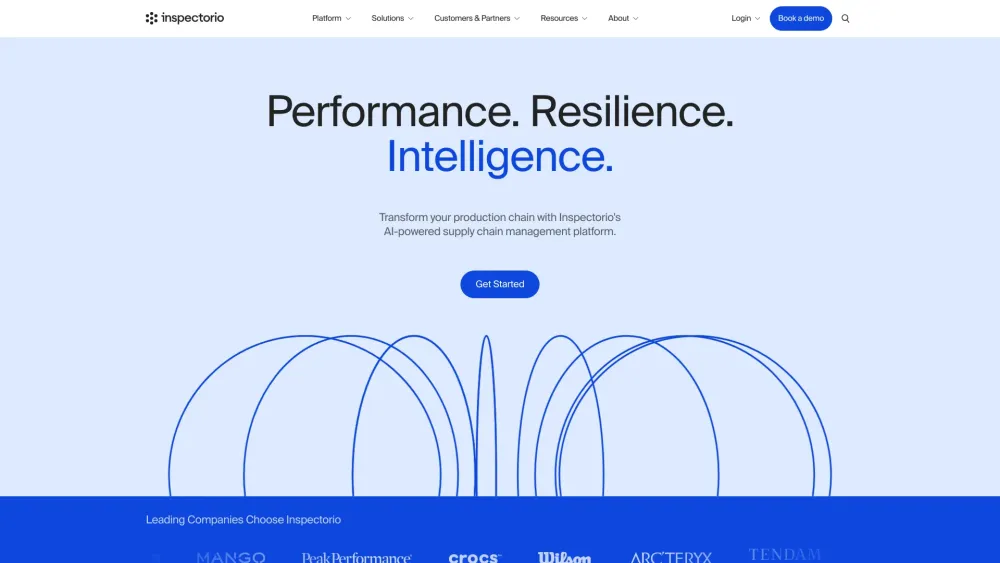Since the beginning of this year, a heated debate has emerged among entrepreneurs, investors, and startups in the AI (artificial intelligence) industry of the United States and China regarding whether large models should be open-source or closed-source. In China, Baidu's founder, Li Yanhong, has become a central figure in this discussion. In April, he boldly stated, "While many see open-source as cost-effective, in the context of large models, it may actually be the most expensive choice. Open-source models will increasingly fall behind." This view has generated considerable opposition from figures like Alibaba Cloud's CTO Zhou Jingren, Baichuan Intelligent's CEO Wang Xiaochuan, and Cheetah Mobile's CEO Fu Sheng. In May, Zhou openly expressed during a media interview that "the contributions of open-source to global technology and ecology are undeniable, a fact repeatedly proven around the world. There is no longer a need for debate on this topic."
The dispute is particularly intense in the United States, where Tesla founder Elon Musk has even filed a lawsuit against AI startup OpenAI. Musk was a major founder and investor of OpenAI in 2015, but he claims that the current CEO, Sam Altman, has violated the organization's commitment to operate as a non-profit and to keep AI open-source. The rivalry among prominent Silicon Valley investors, including Marc Andreessen of a16z and Vinod Khosla of Khosla Ventures, has played out on social media, with Andreessen arguing that closed-source models lead to monopolistic practices that harm academic research, while Khosla asserts that large models function as economic weapons and should not be open-sourced.
Open-source refers to a software development model where the source code is publicly available, allowing developers to download, modify, and distribute the software freely. This community-driven innovation accelerates software evolution. Open-source models are those available for free, sharing model parameters and technical specifications, while closed-source models require payment and do not disclose such details. In simple terms, using an open-source model is akin to cooking for yourself—cost-effective but requiring effort—while using a closed-source model resembles dining out, offering better service but at a price.
The core question remains: Should large models be open-source or closed-source? This debate involves factors like commercial interests and technical viewpoints, leading to some confusion over the facts. However, a few key points are clear:
1. Different Strategies Lead to Different Choices: Companies like Baidu and OpenAI, which seek rapid commercialization of large model services, opt for closed-source strategies. In contrast, companies such as Alibaba Cloud and Meta, which profit from cloud computing or advertising services, prefer to make their models open-source to expand the overall market.
2. Coexistence of Open and Closed Models: Both open-source and closed-source models will persist, each serving its own market demands. The choice between the two depends on customer needs and will not change according to vendors' preferences.
3. Essential Differences Between Open-source Software and Models: While open-source software fully discloses its source code and most technical details, open-source models typically only share model parameters and minimal technical specifics, resembling a free technological "black box."
The current open-source vs. closed-source debate in the Chinese AI industry is primarily driven by commercial competition. While the concept of open-source is universally acknowledged, opposition to it is growing amid heightened competition between AI industries in China and the U.S.
Who is Open-Source, and Who is Closed-Source?
The development of large models is still in its infancy, requiring exploration and experimentation. Companies have adopted various paths when faced with the choice between open-source and closed-source models. The most extreme option is to commit solely to open-source models, with Meta being among the few who do so. This approach attracts a broader user base but lacks a clear revenue model, relying on large corporations with ample financial resources. Meta's Llama 3 stands out as the most utilized open-source model globally, while the company enjoys substantial profits from its core social media business.
A more balanced approach involves simultaneous open and closed-source strategies, allowing firms to acquire users through open-source offerings while generating revenue from closed-source models. Companies like Microsoft, Google, Alibaba Cloud, and Tencent Cloud have adopted this flexible model, using free open-source components to attract users and subsequently guiding them towards larger, more powerful closed-source models.
However, the simultaneous use of both models can sometimes lead to conflicts over revenue. Free models may deter customers from purchasing paid closed-source options, affecting the income of model vendors. For instance, a Chinese AI service provider recently trained Alibaba Cloud's open-source model for a local tourism bureau, winning a lucrative contract that benefited them but not Alibaba, which missed out on the revenue.
In the long-term view, open-source contributions can significantly expand the market for large models. While some major cloud providers may not capture all the immediate profits from open-source models, they could benefit over time as the market grows. A thriving large model ecosystem, supported by various stakeholders, can lead to sustainable growth.
The Dynamic Landscape of AI Models
Some optimists believe that open and closed-source models can complement each other. Open-source efforts can stimulate community engagement and technical innovation, while closed-source models focus on commercializing that innovation. For instance, companies like LanZhou Technology are viewing the open-source strategy not just as a technical direction but also as a commercial tactic to influence developer communities and potential clients.
Leading cloud providers may find that paralleling open and closed-source models is more advantageous than focusing solely on closed-source offerings. This strategy can enhance customer engagement and drive sales in core cloud services by fostering industry-wide growth.
Adopting closed-source models can appear straightforward, with a direct path to commercialization. Major players like OpenAI, Amazon, and Huawei have chosen this route, operating their large models under a pay-per-use model, similar to utility billing. While the theoretical commercial framework of closed-source models is sound, the reality is more complex, especially in China's current competitive landscape. A price war has led many cloud providers to reduce their large model usage costs significantly, impacting profit margins and pushing many smaller firms to the brink.
In conclusion, the diverse genes and strategies of different companies shape their approaches to AI model commercialization, with cloud services forming a critical backbone for major providers. As the market continues to evolve, the interactions between open-source and closed-source models will play a pivotal role in shaping the future of the AI landscape.





